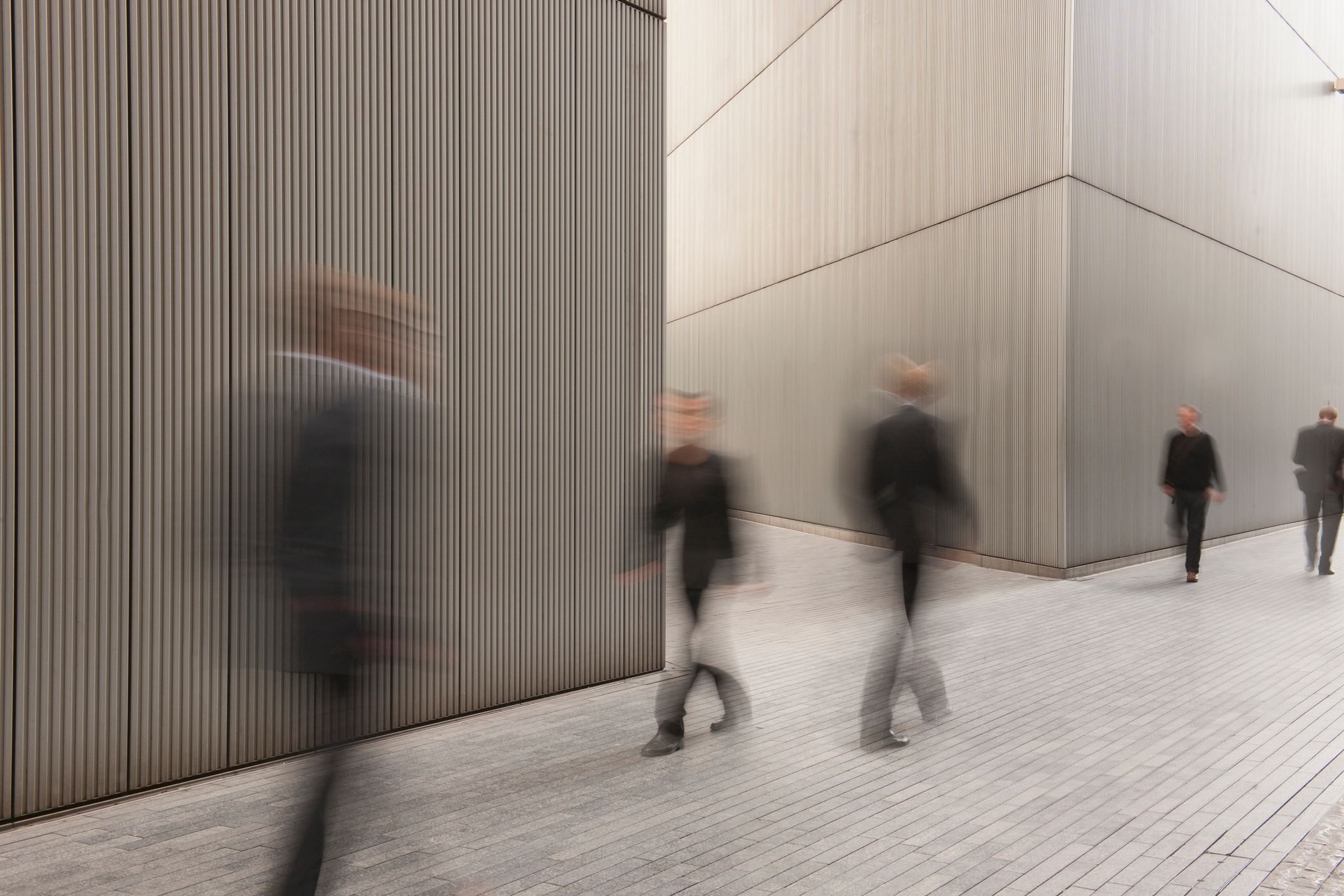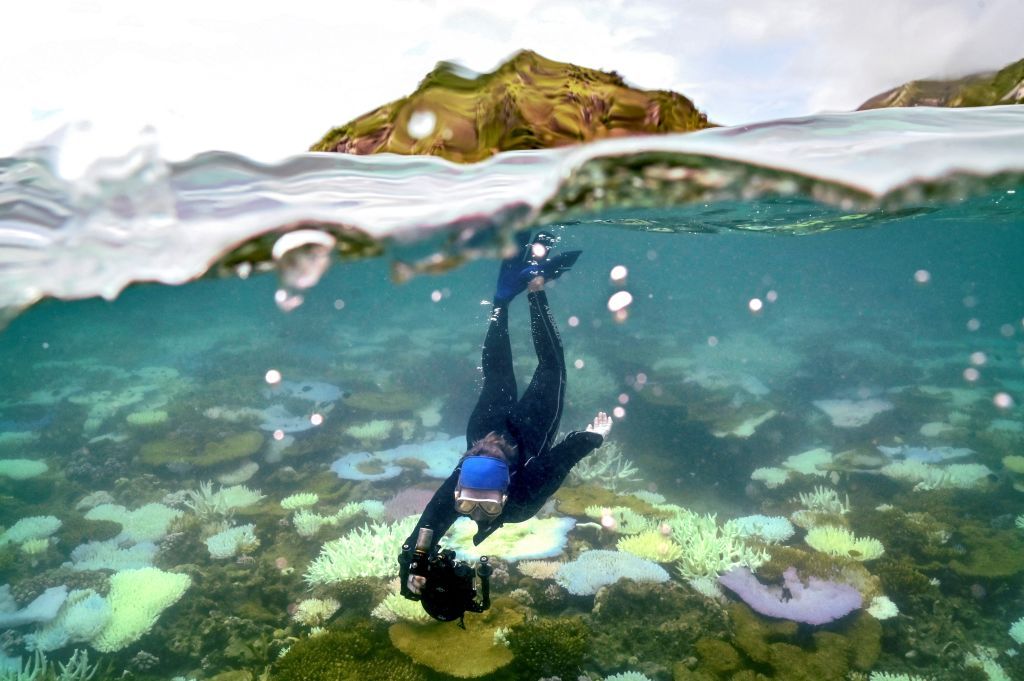How Energy-Generating Sidewalks Work
How Energy-Generating Sidewalks Work
Energy-generating sidewalks are a revolutionary technology that harnesses the power of human movement to generate electricity. These…

How Energy-Generating Sidewalks Work
Energy-generating sidewalks are a revolutionary technology that harnesses the power of human movement to generate electricity. These sidewalks are equipped with special tiles that convert the pressure from footsteps into energy, which can then be stored or used to power nearby infrastructure.
The technology behind energy-generating sidewalks is based on the principle of piezoelectricity, which is the ability of certain materials to generate an electric charge when subjected to mechanical stress. As people walk over the tiles, the mechanical stress causes them to deform slightly, creating a small electric current.
This electricity is then collected and stored in batteries or used to power streetlights, traffic signals, or other urban infrastructure. Energy-generating sidewalks are not only a sustainable way to generate electricity, but they also encourage people to walk more and lead a healthier lifestyle.
These sidewalks are being implemented in cities around the world as a way to reduce carbon emissions and promote renewable energy sources. Some countries are even considering installing them in high-traffic areas such as airports, train stations, and shopping malls to maximize their energy-generation potential.
Energy-generating sidewalks can also be a source of revenue for municipalities, as they can sell the excess electricity generated to power companies or use it to offset their own energy costs. In addition, these sidewalks can help to reduce the strain on the grid during peak demand periods.
Overall, energy-generating sidewalks are a promising technology that has the potential to revolutionize the way we think about urban infrastructure and energy generation. By harnessing the power of human movement, we can create a more sustainable and environmentally friendly future.







